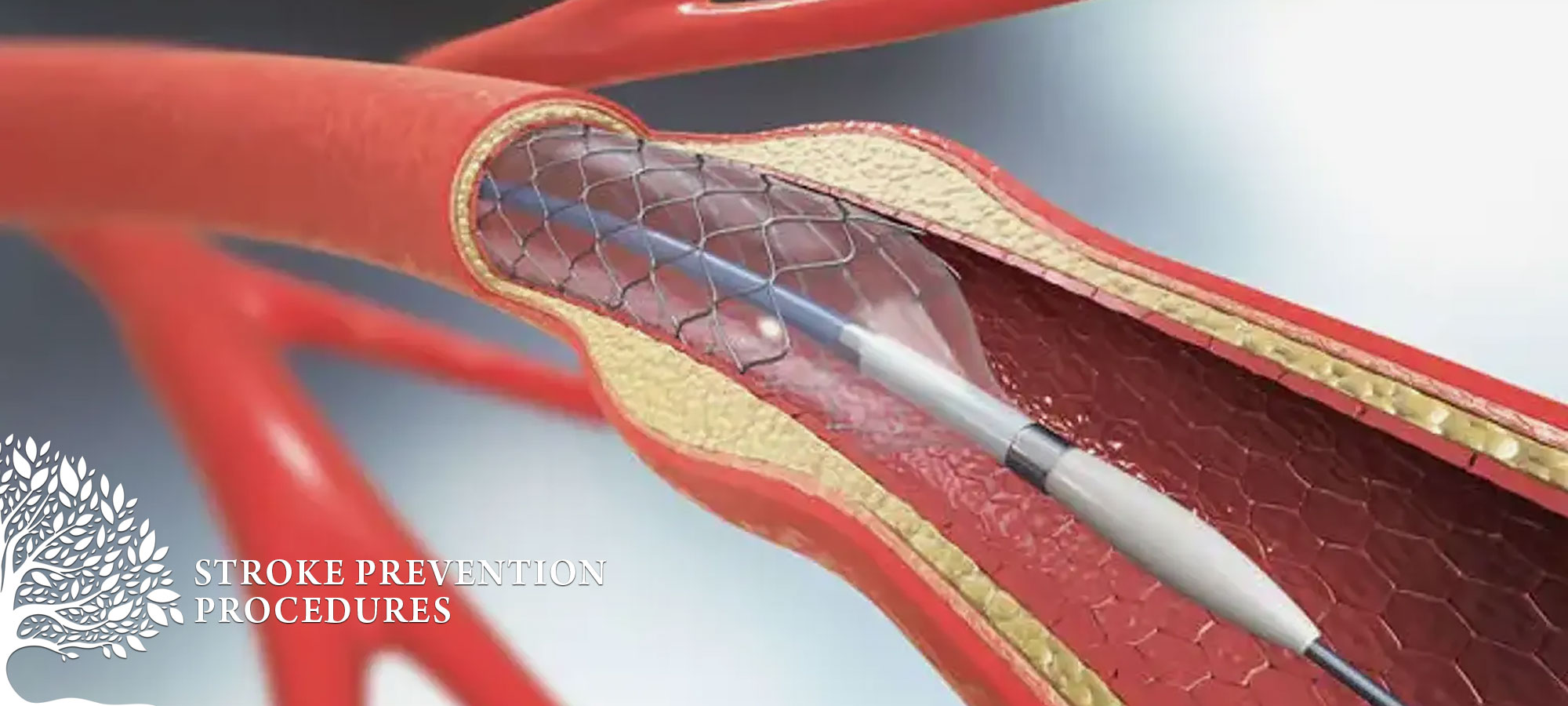
Stroke Prevention Procedures
Vascular Wellness Center offers a variety of stroke prevention procedures designed to address each patient’s specific needs. To learn more, explore the information below.
Carotid Endarterectomy
Carotid artery disease occurs when the main arteries in the neck that supply blood to the brain become narrowed or blocked.
Over time, plaque—composed of cholesterol, calcium, and fibrous tissue—accumulates in the artery walls, causing them to become rigid and narrow (atherosclerosis). A blocked carotid artery significantly increases the likelihood of stroke.
During a carotid endarterectomy, a surgeon makes an incision in the neck, opens the artery, and removes the plaque buildup. Patients typically spend at least one night in the hospital following this procedure.
Transcarotid Artery Revascularization (TCAR)
TCAR is a minimally invasive technique for treating carotid artery disease that reduces the risk of stroke during the procedure itself. The process involves temporarily reversing blood flow so any plaque dislodged while clearing the artery does not travel toward the brain. Only certain individuals are candidates, and your surgeon will determine the most appropriate option for you.
Transfemoral Carotid Stenting
This procedure involves placing a slender mesh tube (stent) inside a blocked carotid artery to widen the artery walls and improve blood flow to the brain. A vascular surgeon inserts the stent via a catheter, typically accessed through the groin.
